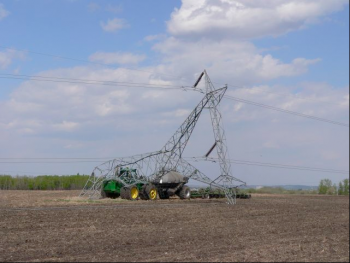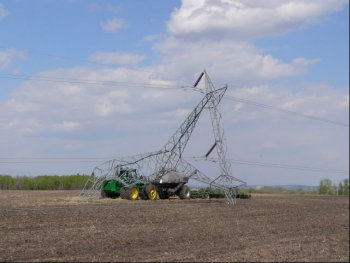 With the federal Energy Policy Act of 2005, Congress gave broad powers to the Department of Energy and the Federal Energy Regulatory Commission (FERC) to identify “congested” transmission corridors in order to prioritize new high-voltage transmission development and to provide higher financial returns to transmission development companies.
With the federal Energy Policy Act of 2005, Congress gave broad powers to the Department of Energy and the Federal Energy Regulatory Commission (FERC) to identify “congested” transmission corridors in order to prioritize new high-voltage transmission development and to provide higher financial returns to transmission development companies.
The decision created a lot of controversy, since FERC could fast-track transmission development without considering alternatives for meeting safety and reliability goals (such as distributed generation, demand response, or energy efficiency investments) and also provide incentive payments for new transmission lines. Furthermore, in making the designation, DOE claimed it had no need to do an environmental impact assessment of their transmission corridor designations.
In February 2011, the Ninth Circuit court disagreed:
“We cannot accept DOE’s unsupported conclusion that its final agency action that covers ten States and over a 100 million acres does not, as a matter of law, have some environmental impact.” 9th Circuit Decision, p. 1965
The court also found that the transmission corridor designations would have a pre-emptive effect on state electricity planning, where consideration of a wide range of alternatives is typically required:
“Both the intent and impact of the NIETCs support the conclusion that they constitute major Federal action. They create “National Interest” corridors to address national concerns. The NIETCs cover over a 100 million acres in ten States. Moreover, they create new federal rights, including the power of eminent domain, that are intended to, and do, curtail rights traditionally held by the states and local governments.” p. 1957
With a transition to clean energy sources forthcoming, it would seem to make the most sense to identify the most cost-effective strategies for success. New transmission infrastructure will play a role, but it should be in proportion to its cost-effectiveness, and not as a matter of priority.



